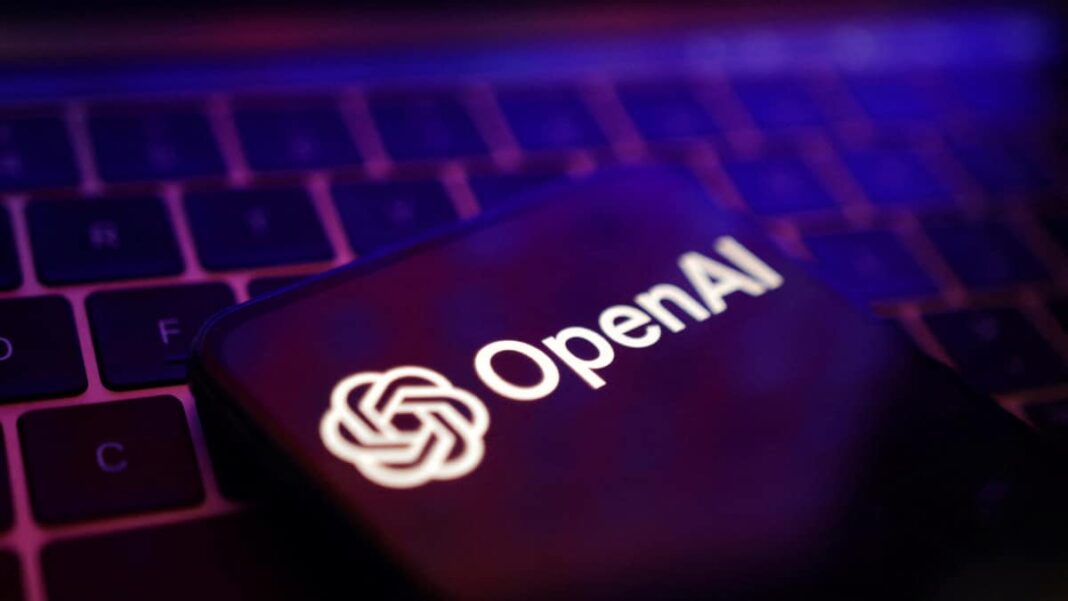OpenAI and Microsoft Discussing Future Collaboration
OpenAI is in discussions to remove a clause that shuts Microsoft out of the start-up’s most advanced models when it achieves “artificial general intelligence”, as reported by the Financial Times. The current terms restrict Microsoft’s access to AGI technology once it is achieved, but OpenAI is considering revising this clause to allow continued collaboration with Microsoft. The potential change comes as OpenAI seeks to unlock future investments and opportunities in the field of artificial intelligence.
When OpenAI reaches AGI, defined as a system that outperforms humans in economically valuable work, Microsoft’s access to this technology would no longer be restricted. The ChatGPT-maker is exploring ways to remove this condition from its corporate structure to facilitate ongoing partnerships with Microsoft. Both companies have yet to comment on these developments.
The clause was initially included to safeguard the technology from being exploited for commercial gain, with ownership resting with OpenAI’s non-profit board. However, discussions are now underway to potentially alter this arrangement, allowing for greater flexibility in future collaborations.
Full Review
OpenAI, a leading AI research organization backed by Microsoft, is considering removing a clause that currently prevents the tech giant from accessing its most advanced models once artificial general intelligence (AGI) is achieved. The potential change in policy aims to foster continued collaboration between the two entities and unlock new opportunities in the field of AI.
The current terms state that Microsoft’s access to AGI technology would be void once it surpasses human capabilities in economically valuable tasks. However, OpenAI is now exploring options to revise this clause in order to enable Microsoft to invest in and utilize all OpenAI technology post-AGI attainment.
This potential restructuring comes as OpenAI closed a significant funding round in October, valuing the organization at $157 billion. The move to transition its core business into a for-profit benefit corporation signals a shift in governance and strategic direction for the company.
Conclusion
The discussions between OpenAI and Microsoft regarding the removal of the clause that restricts Microsoft’s access to AGI technology represent a significant step in their ongoing partnership. By exploring options to revise this condition, both companies aim to foster innovation and collaboration in the field of artificial intelligence, paving the way for future advancements and investments.
FAQs
1. What is OpenAI considering changing in its corporate structure?
OpenAI is exploring the possibility of removing a clause that currently prohibits Microsoft from accessing its most advanced models post the achievement of artificial general intelligence (AGI).
2. Why was the clause initially included in OpenAI’s terms?
The clause was implemented to protect the technology from being used for commercial purposes and to ensure that ownership of the technology remained with OpenAI’s non-profit board.
3. What does AGI stand for?
AGI stands for artificial general intelligence, which refers to a highly autonomous system that surpasses humans in most economically valuable work.
4. How will the OpenAI board determine when AGI is achieved?
The OpenAI board will be responsible for determining when AGI has been achieved, according to the organization’s website.
5. What is the current valuation of OpenAI?
OpenAI closed a funding round in October that valued the organization at $157 billion.
6. What is the potential impact of removing the clause for Microsoft?
Removing the clause could enable Microsoft to continue investing in and accessing all OpenAI technology after the achievement of AGI, fostering greater collaboration between the two entities.
7. How are OpenAI and Microsoft working together currently?
OpenAI and Microsoft have a partnership that involves collaboration on advanced AI technologies, with Microsoft providing support and resources to OpenAI’s research efforts.
8. What are the broader implications of OpenAI’s potential restructuring?
The restructuring of OpenAI into a for-profit benefit corporation could impact the organization’s governance and business model, potentially leading to new opportunities for growth and innovation.
9. How might this collaboration between OpenAI and Microsoft shape the future of AI?
By fostering continued collaboration and investment, the partnership between OpenAI and Microsoft could drive advancements in AI research and technology, with potential implications for various industries.
10. What should we expect from OpenAI and Microsoft in the coming months?
As discussions continue and decisions are made regarding the potential removal of the clause restricting Microsoft’s access to AGI technology, we can anticipate further updates on the collaboration between OpenAI and Microsoft, as well as potential developments in the field of artificial intelligence.

